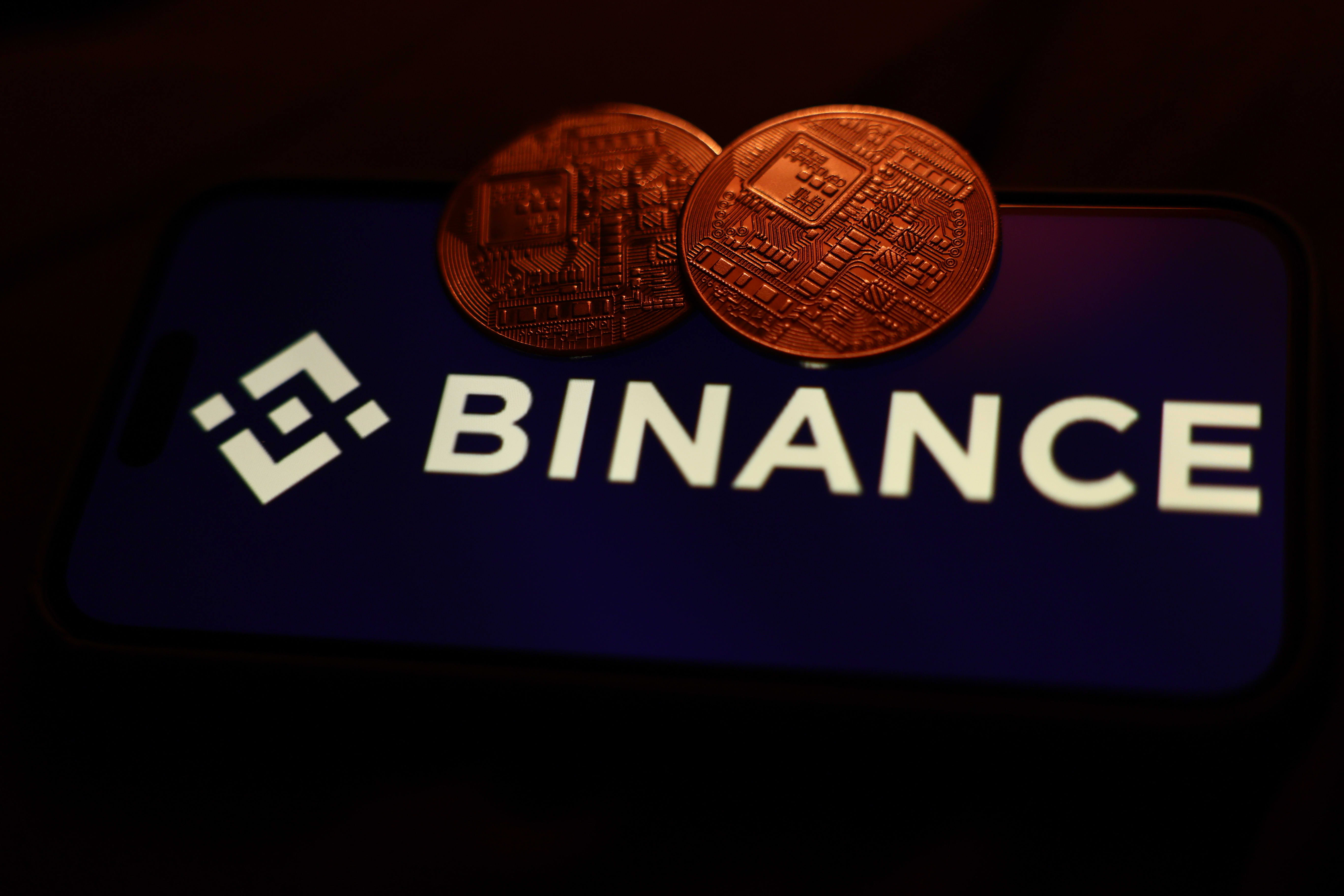
The legal tussle between the U.S. Securities and Exchange Commission (SEC) and Binance, one of the globe’s largest cryptocurrency exchanges, has cast a long shadow over digital asset regulation for years. The SEC’s aggressive actions against major crypto players illustrated the agency’s determination to impose traditional securities laws on a market that often defies such conventional definitions. However, recent developments signal a dramatic shift in tone and strategy, reflecting deeper challenges in regulating a space defined by rapid innovation and decentralized structures.
The Rise and Retreat of SEC Enforcement Against Binance
In mid-2023, the SEC launched a landmark lawsuit against Binance, its American affiliate Binance.US, and the enigmatic founder Changpeng Zhao, laying out thirteen charges ranging from unregistered securities operations to allegations of artificially inflating trading volumes and mishandling customer funds. This lawsuit embodied the SEC’s once hardline stance towards crypto, aiming to crack down on what it saw as noncompliant behavior. Binance fired back, denying any wrongdoing and questioning the SEC’s jurisdiction over certain crypto assets. For many, the battle symbolized a high-stakes regulatory showdown that could dictate the future course of digital finance.
But by early 2025, the scene had changed noticeably. The SEC requested a pause on its lawsuit against Binance, initially a 60-day stay, signaling an apparent reassessment of enforcement tactics. Similar moves were observed across the crypto landscape, with the SEC dropping or seeking to drop suits against Coinbase, Crypto.com, Kraken, and Ripple Labs among others. Years of litigation had exposed the difficulties of neatly applying securities laws—crafted for traditional finance—to the amorphous, decentralized nature of crypto assets. The vague contours of what legally constitutes a “security” had made aggressive enforcement both unpredictable and protracted.
Factors Behind the Regulatory Softening
Several elements seem to underlie this regulatory easing. Most notably, the SEC formed a dedicated crypto task force led by Commissioner Hester Peirce, who is known for a more crypto-friendly approach. This group’s mission has shifted towards smarter, more nuanced oversight rather than blunt force enforcement. They recognize that innovation thrives when regulations are clear and adaptable, and that rigid application of old laws risks stifling new financial technologies.
Moreover, the new SEC administration appears to embrace a more balanced regulatory philosophy: one that encourages blockchain innovation while still safeguarding investors. The complexities unveiled by ongoing legal battles revealed a critical truth—applying traditional securities concepts to decentralized, blockchain-native products creates legal uncertainty that hampers both regulators and businesses. Moving forward requires legal clarity, not courtroom skirmishes.
Implications for Binance and the Crypto Landscape
The dismissal of the Binance case by mid-2025 marks a turning point. Essentially, it ends one of the last major SEC enforcement actions directly targeting a crypto exchange. For Binance, surviving this legal storm means regaining investor confidence and market momentum. More broadly, this development signals a regulatory reset benefiting other crypto firms that had been under the SEC’s microscope.
Yet, the regulatory environment remains far from settled. Multiple U.S. agencies and state regulators continue monitoring cryptocurrency activities, maintaining a watchful eye over the industry. The SEC’s retreat from lawsuits does not equate to a removal of oversight; rather, it points to a strategic repositioning—a pivot towards clear regulatory guidelines, ideally shaped in conjunction with legislative action. Questions still linger around how to properly classify various tokens, the responsibilities of exchanges, and protection of consumer funds.
Looking ahead, a hybrid regulatory framework combining federal and state oversight with clearer statutory definitions tailored to the unique qualities of digital assets seems likely. This approach could incentivize innovation while promoting transparency and investor protections, potentially resolving some of the long-standing conflicts between regulators and crypto innovators.
By withdrawing from its aggressive enforcement posture, the SEC is laying groundwork for a cooperative, forward-looking regulatory environment. This could allow the crypto industry to regain stability and flourish under more predictable rules. The Binance lawsuit’s dismissal and the SEC’s broader pause in crypto enforcement thus mark a significant milestone that might shape the trajectory of digital asset regulation for years to come.
In summary, the SEC’s recalibration from fierce legal battles to measured engagement reflects the complex challenge of governing an evolving technology that resists traditional categorizations. This pivot offers the crypto sector a crucial opportunity: to work with regulators in crafting frameworks that balance growth, innovation, and security for investors. The future of U.S. cryptocurrency regulation is taking shape, and it appears to be entering a new era—one defined less by conflict and more by collaboration.
—
Stay sharp on crypto shifts and SEC moves—dig deeper with Mia Spending Sleuth’s razor-sharp takes on digital asset drama!

